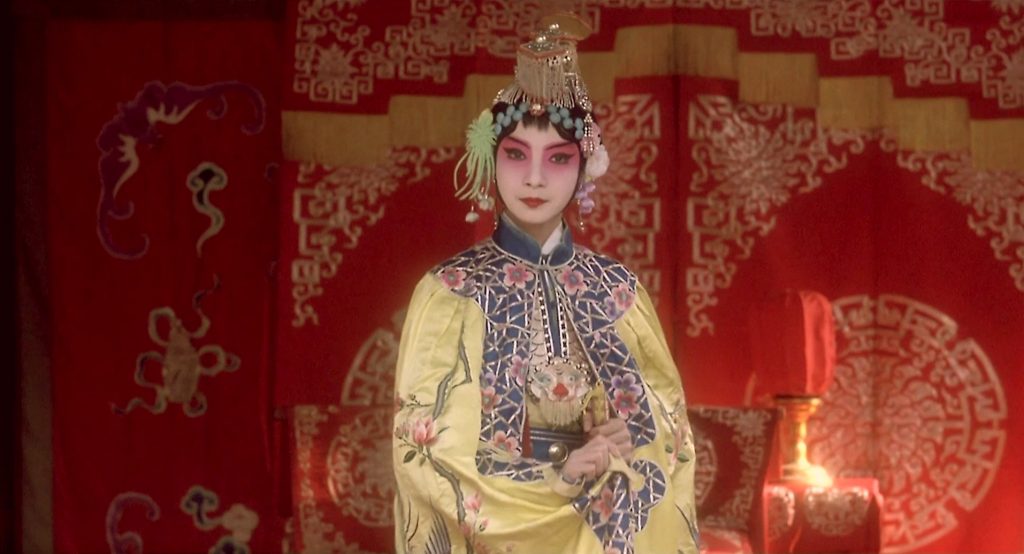“Earthworm Jim” (1994): A Zany Leap in Platform Gaming Innovation – Sega Genesis Review

Released in 1994, “Earthworm Jim,” developed by Shiny Entertainment and designed by Doug TenNapel, emerged as a tour-de-force in the platform gaming genre. This Sega Genesis and Super Nintendo game brought a novel twist to the era’s platformers with its eccentric protagonist, a suit-wearing earthworm, and its unique blend of humor, graphics, and gameplay. “Earthworm Jim” wasn’t just a game; it was a distinct experience that expanded the boundaries of what a platformer could be.
Gameplay Dynamics: Blending Innovation with Tradition
At its core, “Earthworm Jim” is a side-scrolling platformer, but it distinguished itself with its inventive gameplay mechanics. Players guide Jim through various levels, each featuring a distinctive theme and set of challenges. From the underwater antics in “Down the Tubes” to the bungee-jumping battle against Major Mucus in “Snot a Problem,” each level felt like a departure from platforming norms.
The game’s control system was smooth and responsive, a necessity given the precision required in certain levels. Jim’s primary weapon, a plasma blaster, provided satisfying combat against bizarre enemies. Additionally, the game introduced secondary gameplay elements like the use of Jim’s head as a whip or a grappling hook, adding depth and variety to the standard platforming formula.
Visuals and Character Design: A Cartoon Come to Life
“Earthworm Jim” was a visual spectacle for its time. The character animation was fluid and detailed, bringing the game’s wacky characters and environments to life. The design of Earthworm Jim, with his ultra-cool space suit and expressive animations, immediately set the game apart from its contemporaries.
Each level was a unique, meticulously crafted world, replete with vibrant colors and intricate backgrounds. The attention to detail in the visuals went a long way in immersing players in Jim’s absurd universe.
Audio: Complementing the Madness
The game’s soundtrack, composed by Tommy Tallarico, was both whimsical and engaging, perfectly complementing the on-screen madness. From upbeat tunes to moodier tracks, the music enhanced the overall experience, solidifying the game’s unique identity.
Behind the Scenes: The Making of a Cult Classic
The development of “Earthworm Jim” was marked by creative freedom and a desire to push the limits of the platforming genre. Doug TenNapel, the creator of Earthworm Jim, brought his distinctive sense of humor and style to the game, which was further enhanced by the team at Shiny Entertainment. The developers were committed to creating a game that was as fun to play as it was to look at.
One of the key challenges in developing the game was ensuring that the humor translated well into gameplay. The team worked tirelessly to integrate the game’s comedic elements with the action, ensuring a seamless blend that felt natural and engaging.
Themes: A Satire on Video Game Tropes
“Earthworm Jim” functioned as a satirical take on the video game industry and its tropes. The game poked fun at platforming conventions through its absurd characters, bizarre level designs, and over-the-top scenarios. This self-awareness added a layer of sophistication to the game, making it appealing to both younger players and seasoned gamers.
Cultural Impact and Legacy
“Earthworm Jim” quickly became a cult classic, praised for its originality and humor. The game spawned sequels, an animated television series, and even a line of action figures, becoming a significant part of 90s pop culture. Its impact on the platforming genre was notable, inspiring future games to take more creative risks in both storytelling and gameplay.
Final Thoughts
“Earthworm Jim” stands as a testament to the creativity and innovation of 90s video game development. It pushed the boundaries of the platforming genre, not only in terms of gameplay and visuals but also in its irreverent approach to storytelling and character design. The game remains a beloved classic, a reminder of an era when creativity and humor were as valued as technical prowess in video game development. Its legacy continues to influence the industry, proving that sometimes, the most unconventional ideas can lead to the most memorable gaming experiences.




